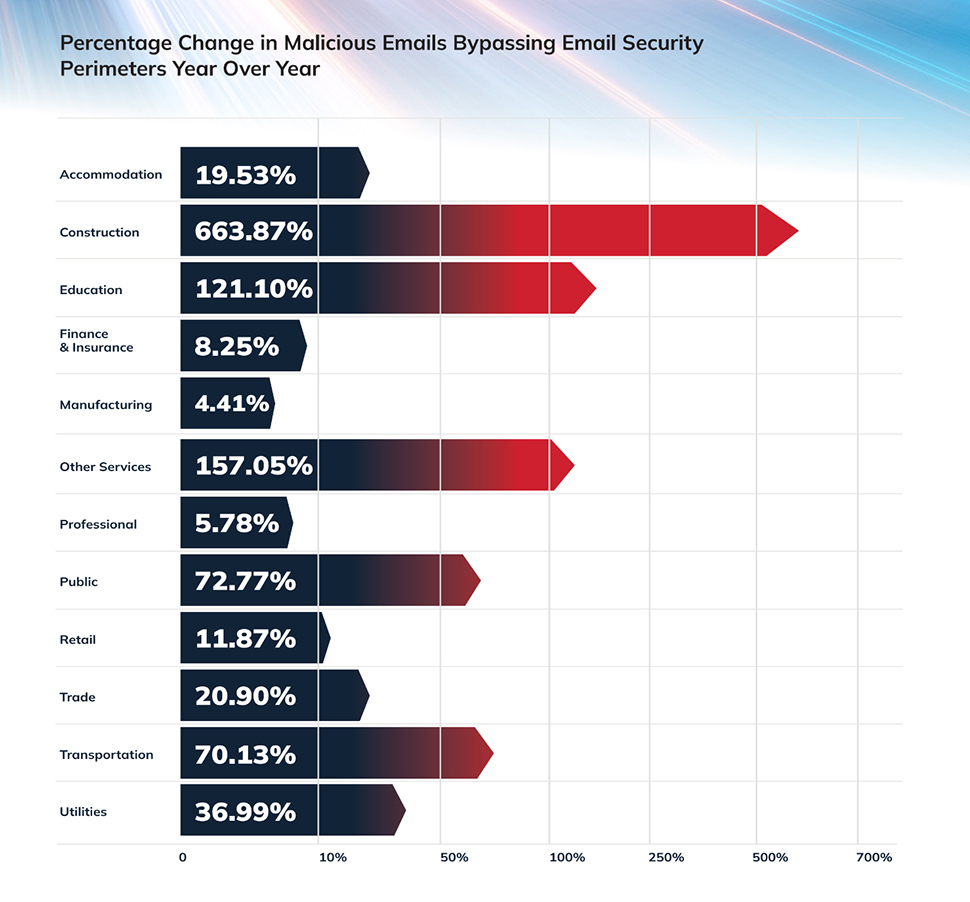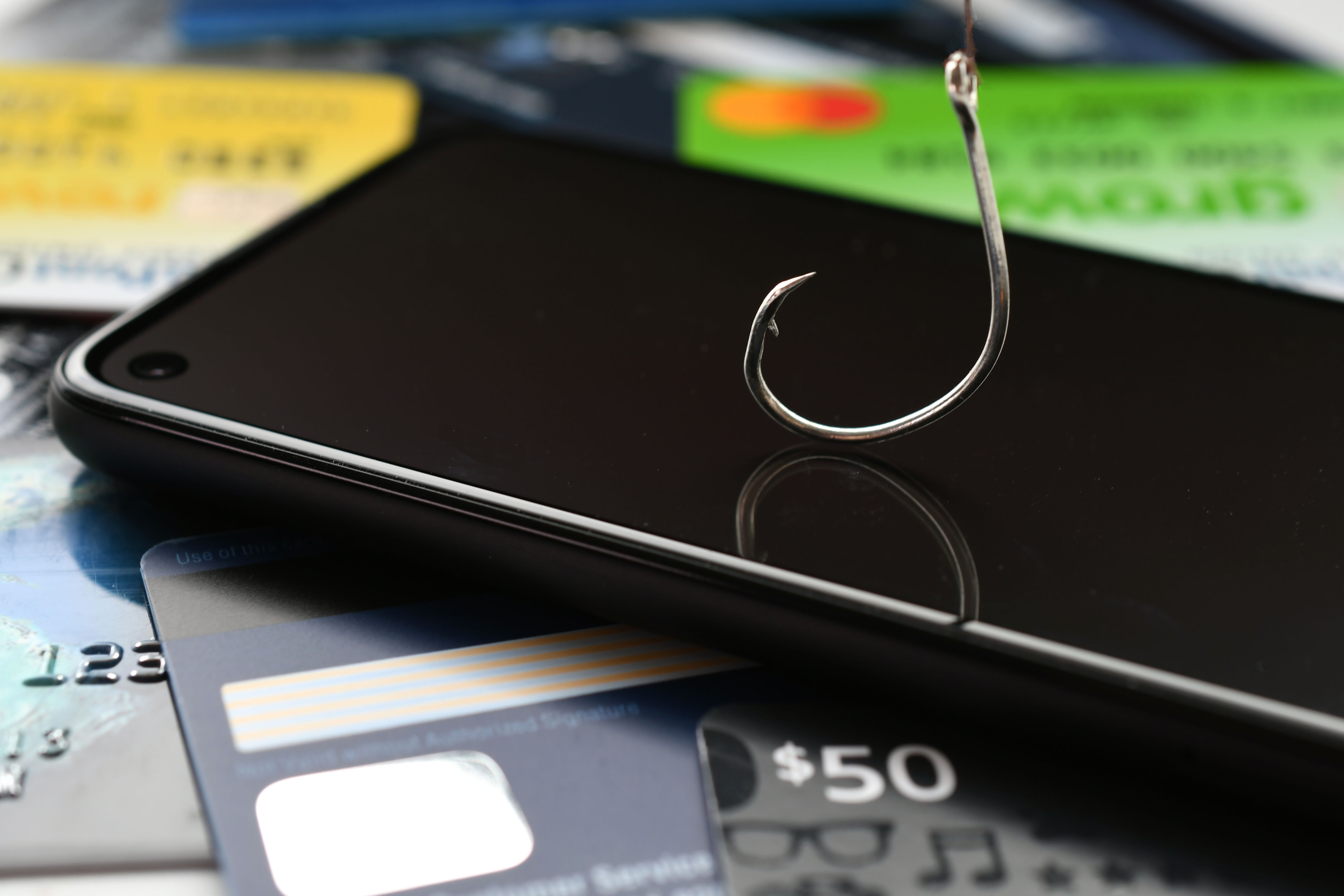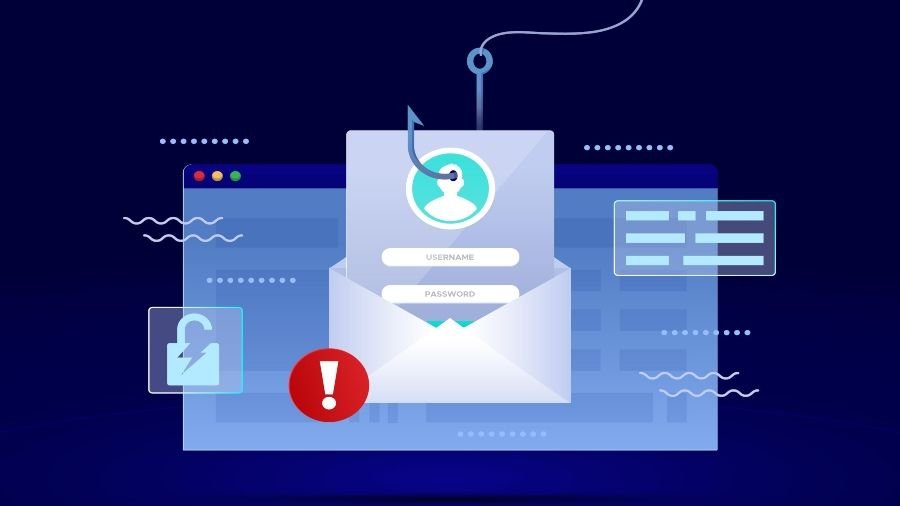-
Experts warn AI-written phishing emails look polished and bypass traditional email filters
-
Polymorphic attacks shift constantly to evade detection in real time
-
Business email compromise scams now mimic executives with near-perfect formatting
We’ve said it before, and we’ll say it again.
Artificial Intelligence is changing the face of cybercrime
, with phishing being an area where it’s having the most significant impact.
Recent findings from cybersecurity company Cofense have alerted us that AI-driven phishing attacks are now both more common and significantly more persuasive than they’ve been in the past.
These email scams are sleeker, more refined, and customized to deceive even the most wary recipients. With generative AI tools now available to almost everyone, malicious parties are expanding their activities at a pace that numerous companies struggle to match.

Highly evasive delivery system
In their most recent threat intelligence report,
The Emergence of AI – Entering a New Phase of Phishing Dangers
Cofense explains how phishing strategies are advancing at an astonishing pace.
In 2024, the Cofense Phishing Defense Center identified one malicious email every 42 seconds, with numerous such emails bypassing traditional boundary protections.
Phishing attempts via email surged by 70% compared to the previous year, driven by AI’s capability to replicate tones, fake internal communications, and craft personalized messages with remarkable precision.
The messages currently exhibit flawless grammar, precise formatting, and authentic-looking sender addresses. These communications frequently mimic high-ranking officials like C-suite executives, continue conversations within ongoing email chains, and utilize deceptive domain names such as “@consultant.com.”
This transition towards business email compromise (BEC) has turned into a significant menace. Content created using AI no longer displays the usual indicators that used to expose phishing attempts, like typographical errors, misspellings, and clumsy wording—clues which typically hinted that English may not be the sender’s native tongue.
Cofense highlights polymorphic phishing campaigns as a significant issue. These evolving assaults alter their material in real-time to bypass signature-based security measures. The subject lines, sender information, and texts adapt flexibly, making them undetectable through conventional filtering methods.
Cofense reports that malware included in these emails has advanced as well, with more than 40% of the samples from 2024 being previously unseen threats, including numerous Remote Access Trojans (RATS).
How to stay safe

Scrutinize email content carefully:
Doubt email messages that involve monetary transactions, pressing demands, or unusual wording, regardless of how professionally they may appear formatted.
Verify internal requests:
If an email claims to be from a coworker or executive, double-check using known contact methods before taking action.
Don’t rely on appearance:
Emails created by AI frequently appear impeccable, hence concentrate more on the context, timing, and substance instead of aiming for an appearance that seems overly professional.
Steer clear of clicking on unverified links:
Move your cursor over hyperlinks to see where they lead before clicking them, and refrain from downloading attachments from unknown or unsolicited communications.
Utilize security tools that extend past the boundary:
Seek out options that provide post-delivery analytics and threat responses driven by behavioral patterns rather than solely relying on signatures.
You might also like
-
Stay protected with the
best antivirus tools
around -
We’ve gathered together the
best free antivirus
solutions -
Japanese companies are receiving an influx of millions of phishing emails.
If you enjoyed this article, click the +Follow button at the top of this page to stay updated with similar stories from MSN.
